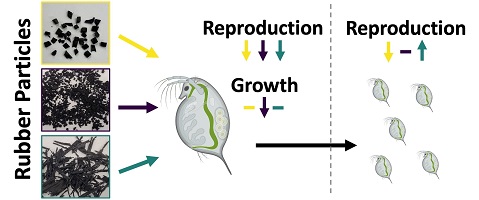Tyre road wear particles are formed when tyres are abraded during vehicle driving and the material becomes embedded with mineral particulates from the pavement surface. These tyre wear particles disperse into air, soil, stormwater and surface waters, and may pose varied risks to ecological systems. Tyres are composed of elastomer polymers (natural or synthetic) mixed with fillers and potentially toxic additives. Tyre particles in the micro- and nano-scales (‘microrubber’ or ‘nanorubber’, or classified as a subcategory of micro- or nanoplastics) can be difficult to detect and identify analytically. This collection addresses the environmental chemistry of tire wear particles and their associated chemicals, broadly defined across particle size fractions and composition, chemical additives and environmental transformation products, and its importance for issues of detection, characterisation, weathering, chemical exchange, ecotoxicology and impact in the environment.
Guest Editors
Barbara Beckingham (College of Charleston, South Carolina)
Cassandra Rauert (The University of Queensland)
Last Updated: 12 Dec 2024



